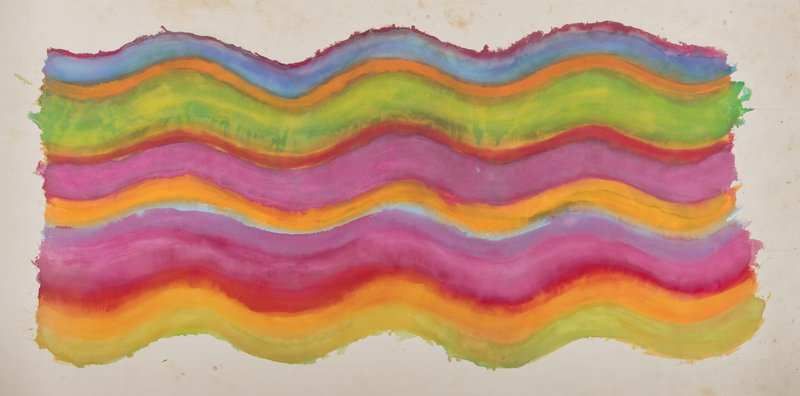-
Artist’s Lawsuit Highlights Need For Caution In Using Digital Images of Artworks
07/30/2020
 It goes without saying that the business and sales practices of art galleries and auction houses have been upended by the COVID-19 pandemic. Deprived of the ability to open their spaces to the public for in-person viewings, dealers and auctioneers are increasingly turning to online exhibitions, viewings, and sales as a way to stay active and engaged with the art community in these uncertain times. For example, Christie’s increased its online-only auctions in April and May from just nine to over twenty. And galleries are increasingly embracing cutting-edge technology for remote viewing, such as augmented reality and other VR-related tools.
It goes without saying that the business and sales practices of art galleries and auction houses have been upended by the COVID-19 pandemic. Deprived of the ability to open their spaces to the public for in-person viewings, dealers and auctioneers are increasingly turning to online exhibitions, viewings, and sales as a way to stay active and engaged with the art community in these uncertain times. For example, Christie’s increased its online-only auctions in April and May from just nine to over twenty. And galleries are increasingly embracing cutting-edge technology for remote viewing, such as augmented reality and other VR-related tools.
A recently filed lawsuit by the artist Pat Lipsky highlights an often-overlooked risk for New York galleries and auction houses exhibiting works online: running afoul of New York’s Artist’s Authorship Rights Act (“AARA”). That law—a precursor to the federal Visual Artists Rights Act (“VARA”) of 1990—gives artists in New York the legal right to claim or disclaim authorship of a work of art, and object to its display, publication or reproduction in an altered, defaced, mutilated, or modified form that could damage the artist’s reputation. Unlike VARA, AARA protects not just the artist’s interests in the work itself, but also any reproductions of the work, even if no physical change has been made to the original work.
In her lawsuit, Lipsky claims that the Spanierman Gallery and the online marketplace Artspace displayed an image of her painting Bright Music II on their websites that had been digitally manipulated to disguise damage to the raw areas of the canvas. The manipulation also had the unfortunate side effect of distorting “the Work’s overall color palette, substantially muting the colors of the Work’s composition and making them appear chalky and lifeless,” according to Lipsky’s complaint. And, she alleges, because Lipsky’s reputation is closely associated with the “Color Field” movement and the use of vibrant colors, the distorted image of Bright Music II has purportedly damaged Lipsky’s reputation. She claims that the distorted image confuses the public about the nature of her art and confuses potential buyers of the work.
Last week, Lipsky’s attorneys filed a motion for a preliminary injunction in New York County Supreme Court seeking an order enjoining Spanierman and Artspace from using the distorted image while the lawsuit is pending. The motion argues that Lipsky is likely to prevail on the merits of her AARA claim and that her reputation is subject to irreparable harm if the distorted image continues to be used to sell Bright Music II.
Importantly, Lipsky’s case is a reminder that galleries should take proactive steps to guard against the use of altered or modified images of art on their websites and other remote viewing platforms. Belatedly removing the offending image in response to a demand letter may not be enough to end the legal threat, because AARA authorizes the recovery of reputational damages—not merely injunctive relief. For example, Lipsky’s motion for a preliminary injunction acknowledges that both Spanierman Gallery and Artspace have already removed the distorted image of Bright Music II from their websites. But the lawsuit continues, because Lipsky is also seeking to recover for the financial damage allegedly done to her professional reputation and standing by use of the distorted image.
In today’s uncertain world, more and more art transactions are being brokered remotely, and more viewing experiences are occurring on the internet. Indeed, Lipsky herself invoked current events in arguing that, “[p]articularly at this time of the COVID-19 pandemic, when commerce is largely virtual… Defendants’ use and threatened continued use of the Distorted Image poses a particular harm to both Lipsky and the public at large.” New York-based galleries, museums, and auction houses would be wise to seek legal advice about how to evaluate and mitigate the risk of AARA liability when preparing an online auction or virtual gallery.
Art Law Blog
